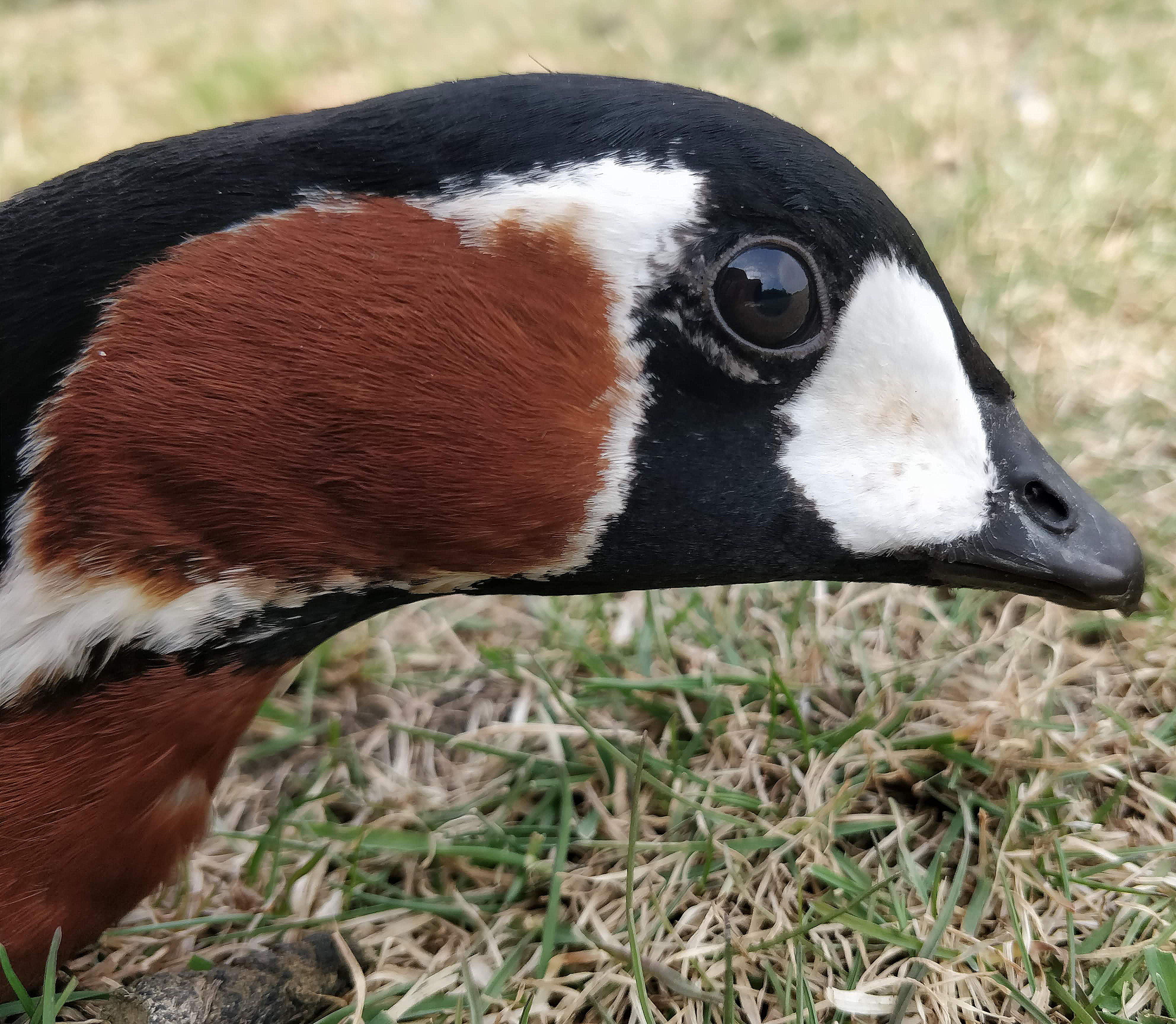Using δ2H stable isotope analysis to identify the origin of a first winter Red-breasted Goose Branta ruficollis caught in Norway
DOI:
https://doi.org/10.15845/on.v43i0.2953Keywords:
deuterium, hydrogen, isoscapes, Red-breasted Goose, stable isotopesAbstract
We analysed the stable isotope of hydrogen (δ2H) in first generation median wing covert feathers sampled from a free-flying first winter Red-breasted Goose Branta ruficollis caught in Storøya, Norway in late April 2019. The highly depleted δ2H values corresponded to those predicted if the bird had grown feather in the Russian Arctic breeding areas of this species and were much more highly depleted compared to predicted values of a bird raised in captivity in Norway or elsewhere in western Europe. Although these data do not provide irrefutable proof of the individual’s wild origin, these results strongly suggest that even records outside the normal range for this species can potentially constitute a genuinely wild-reared individual.
Cover photo: Red-breasted Goose caught at Storøya, Norway in late April 2019. Photo: Sindre Molværsmyr.

Downloads
Published
How to Cite
Issue
Section
License
Articles published prior to September 2020 are subject to the following terms: https://boap.uib.no/index.php/ornis/copyright

